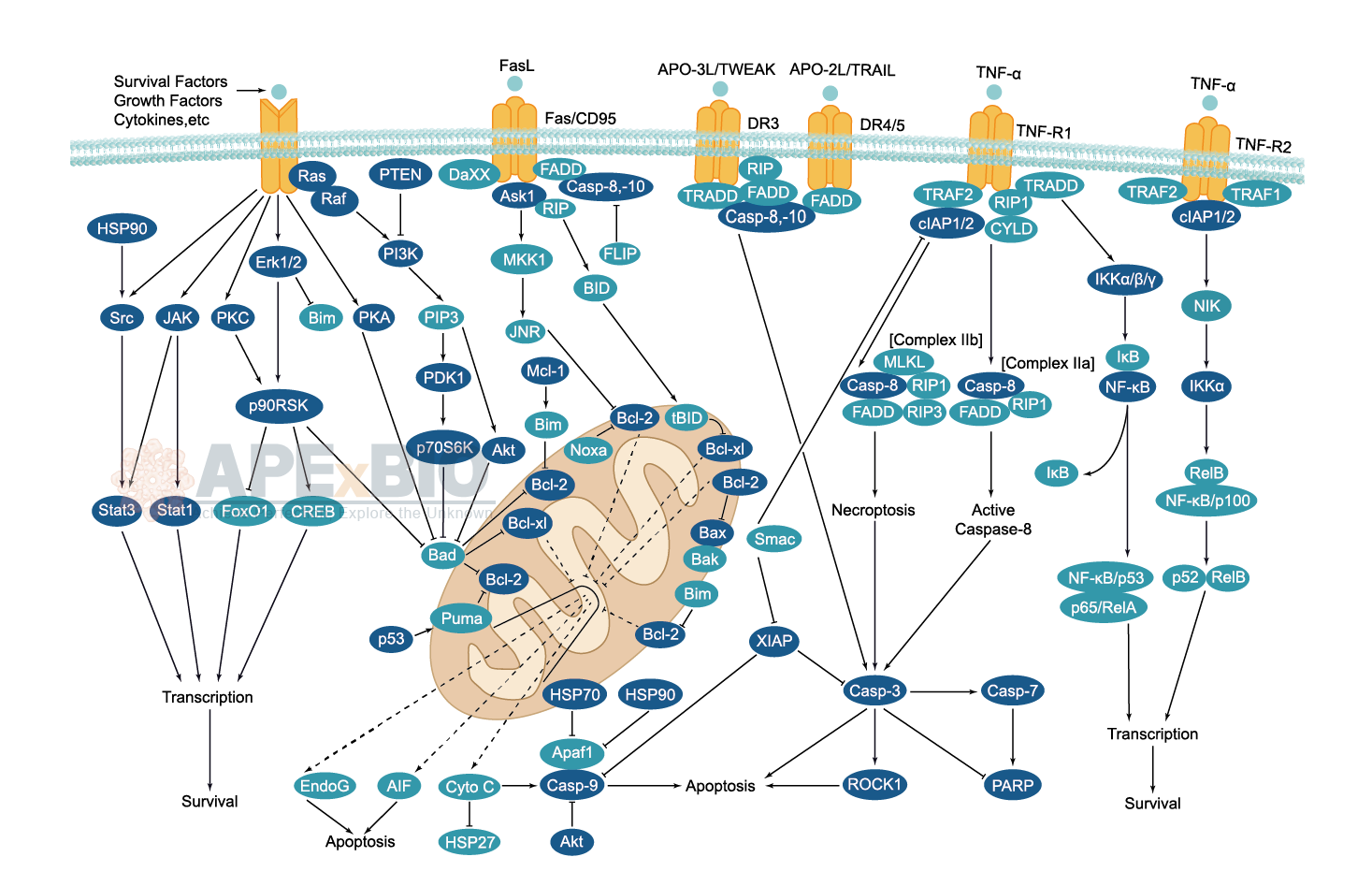Apoptosis
Apoptosis, also known as programmed cell death, is rigorously controlled process of cell death that leads to phagocytosis of unwanted cell. It is triggered after sufficient cellular damage and activated through extrinsic or intrinsic pathways. The intrinsic pathway is mainly occurs via release of cytochrome c from the mitochondria and regulates mitochondrial outer membrane permeabilization by Bcl-2 family proteins. The extrinsic pathway is induced by ligand binding to death receptor, such as Fas, TNFαR, DR3, DR4, and DR5. Caspases then cleave target proteins and nuclear lamins to promote DNA degradation, resulting apoptotic cells undergo phagocytosis. In addition, p53 has the ability to activate intrinsic and extrinsic pathways of apoptosis by inducing transcription of several proteins like Puma, Bid, Bax, TRAIL-R2, and CD95.
Some Inhibitors of apoptosis proteins (IAPs), such as XIAP/BIRC4 and Bruce/BIRC6, can block casapse activity through direct binding, while other IAPs, such as cIAP1/BIRC2, cIAP2/BIRC3, act as ubiquitin ligases that target caspases for ubiquitin-mediated degradation. Apoptosis is essential for growth, development and aging in multicellular organisms. Any alterations or abnormalities occurring in apoptotic processes contribute to development of human diseases, including cancer.
-
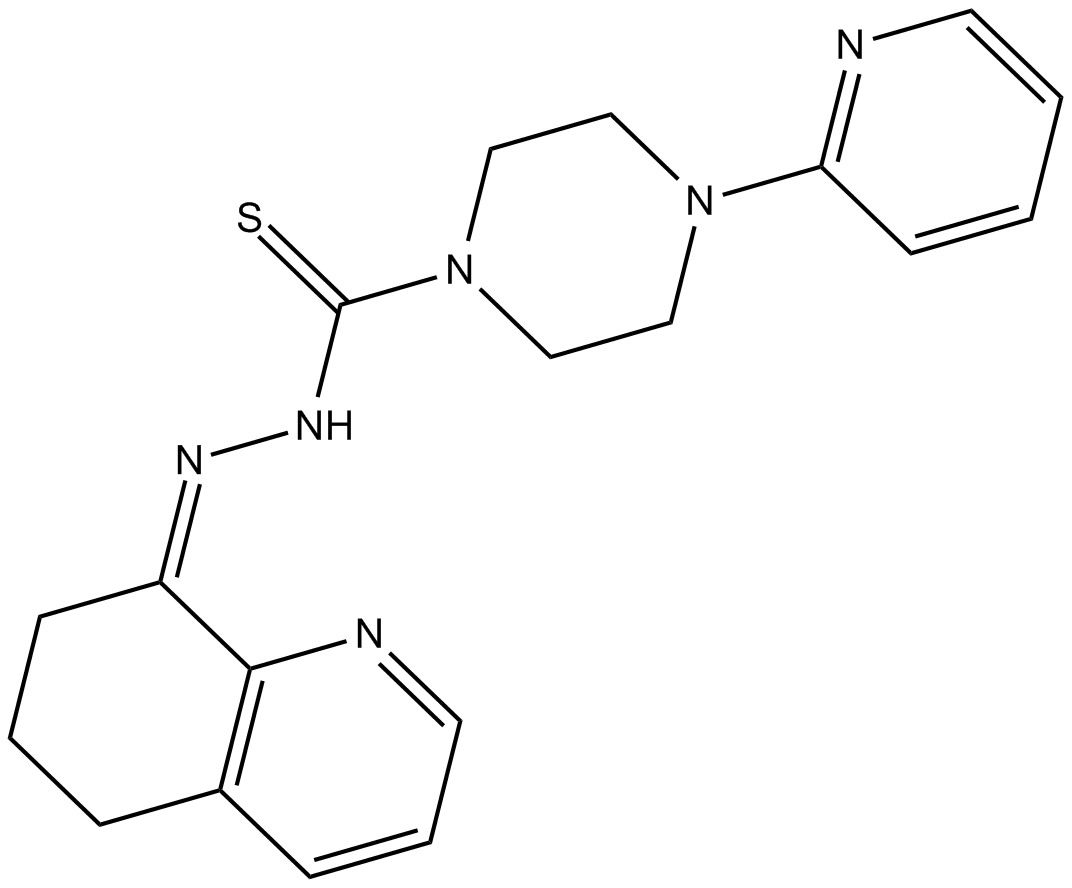 C4483 COTI-2Summary: activates mutant forms of p53
C4483 COTI-2Summary: activates mutant forms of p53 -
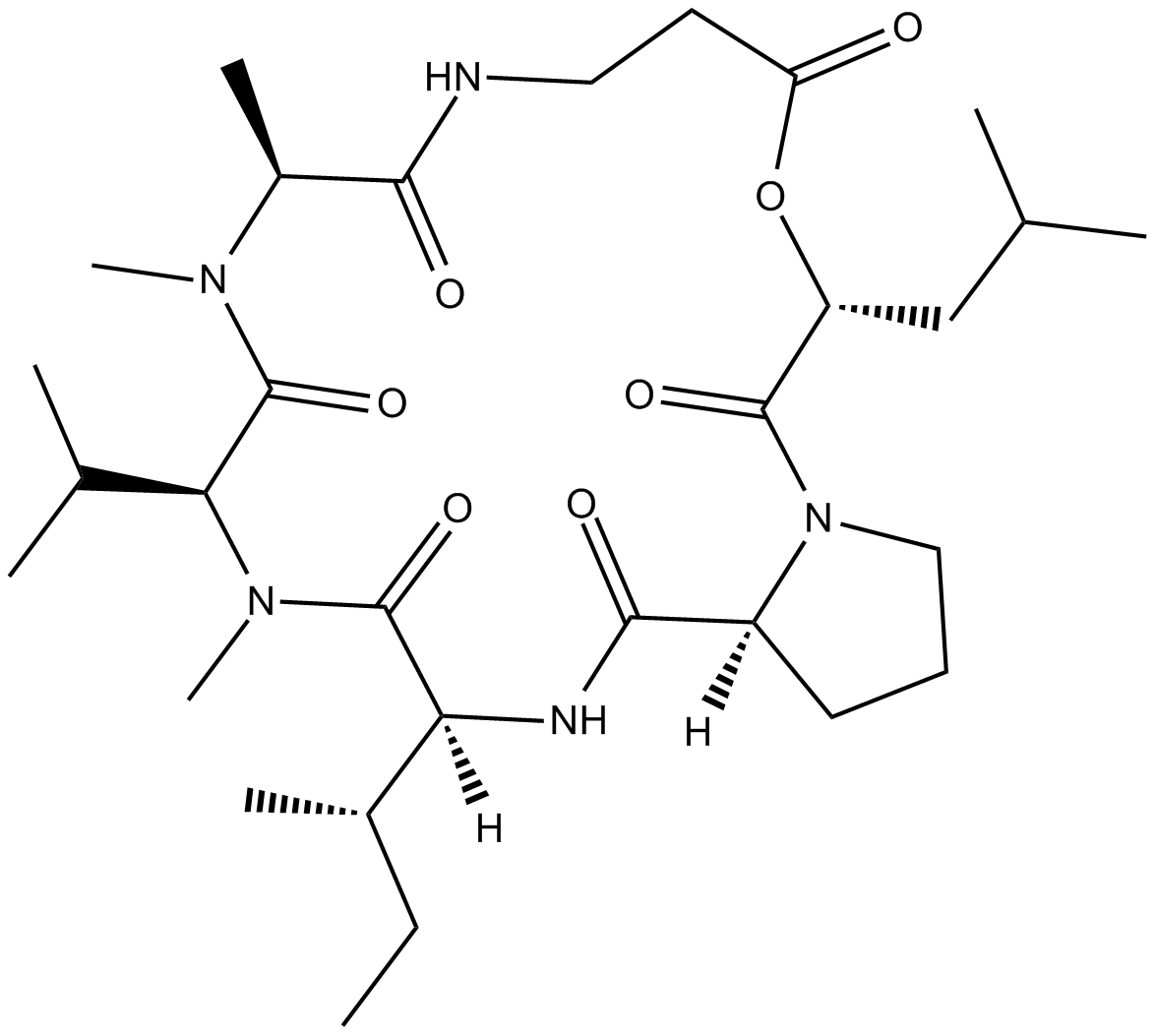 C4423 Destruxin BSummary: insecticidal and phytotoxic activity;induces apoptosis
C4423 Destruxin BSummary: insecticidal and phytotoxic activity;induces apoptosis -
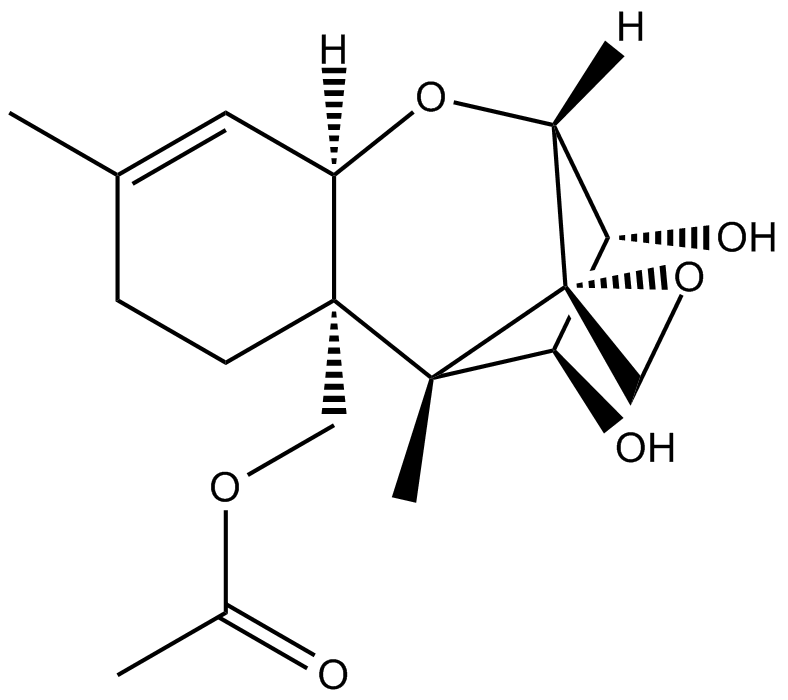 C4698 15-acetoxy ScirpenolSummary: mycotoxin that induce apoptotic cell death
C4698 15-acetoxy ScirpenolSummary: mycotoxin that induce apoptotic cell death -
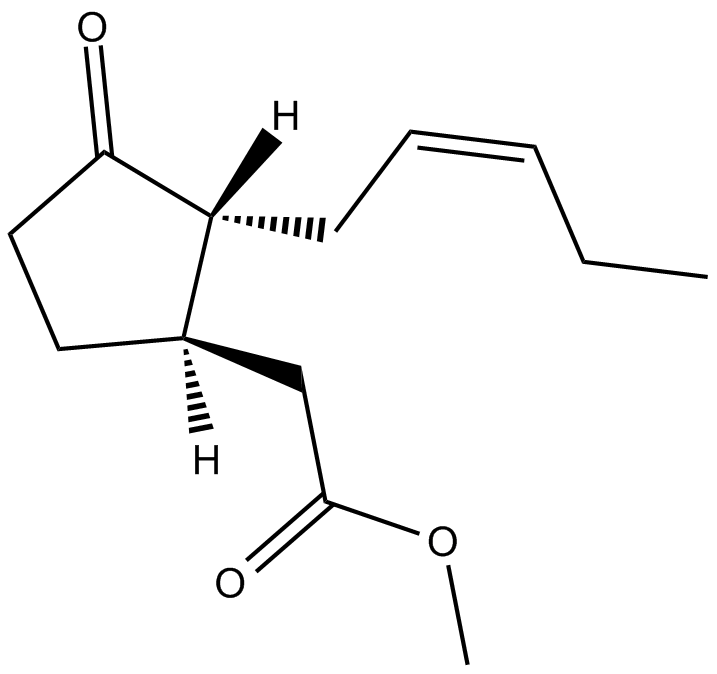 C4403 (±)-Jasmonic Acid methyl esterSummary: suppresses proliferation and induces apoptosis
C4403 (±)-Jasmonic Acid methyl esterSummary: suppresses proliferation and induces apoptosis -
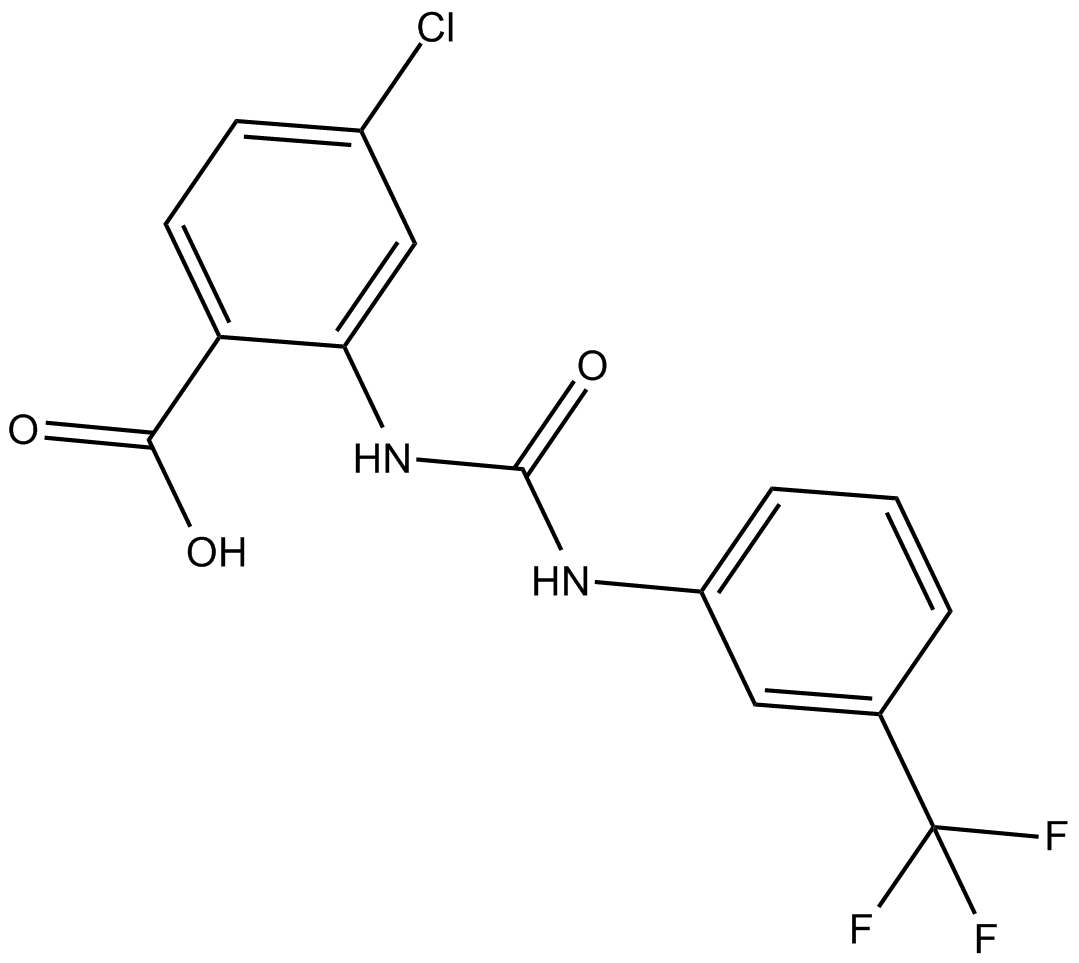 C4468 NS3694Summary: inhibits apoptosome formation and caspase activation
C4468 NS3694Summary: inhibits apoptosome formation and caspase activation -
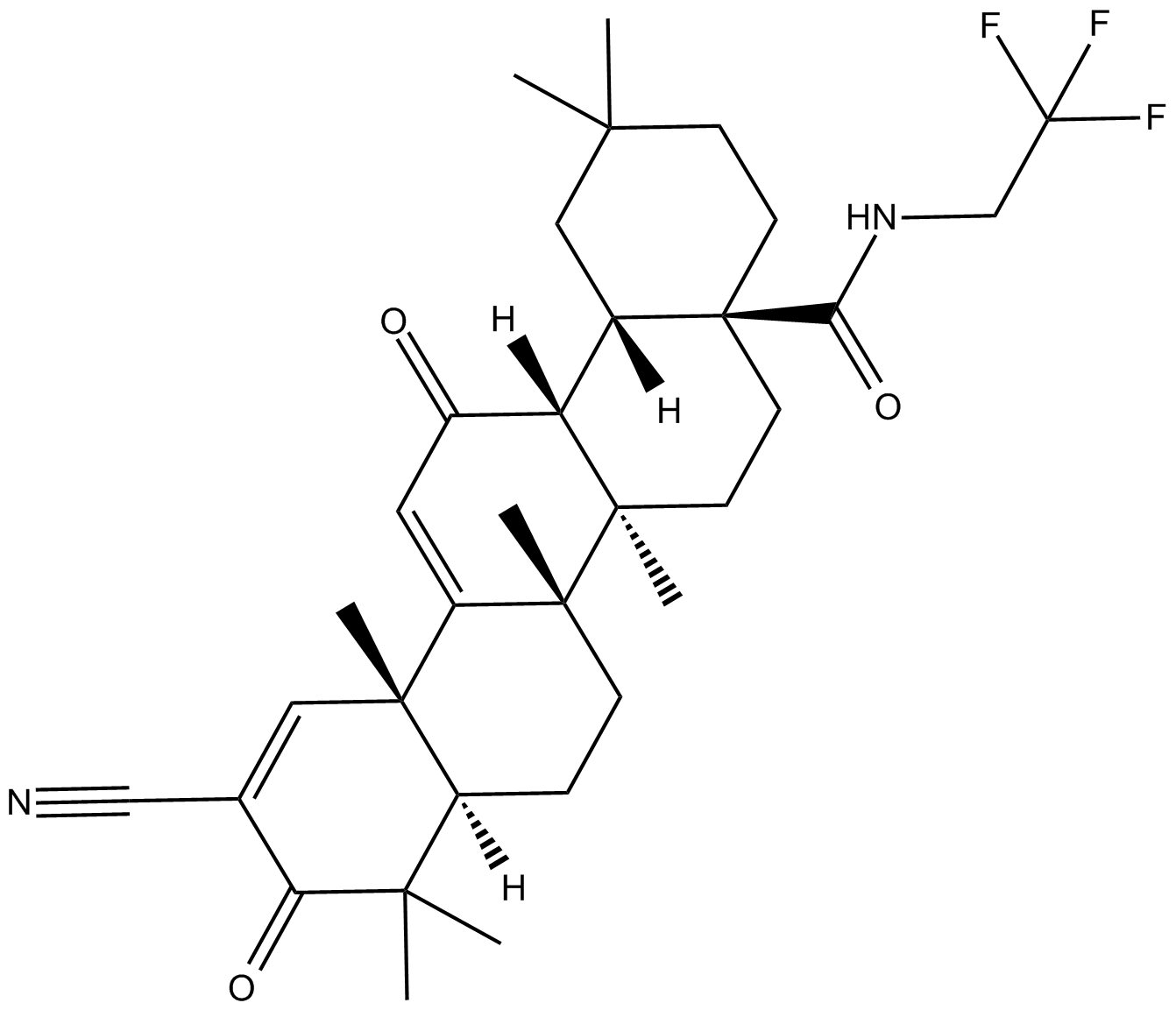 C4354 CDDO-TFEASummary: Nrf2 activator
C4354 CDDO-TFEASummary: Nrf2 activator -
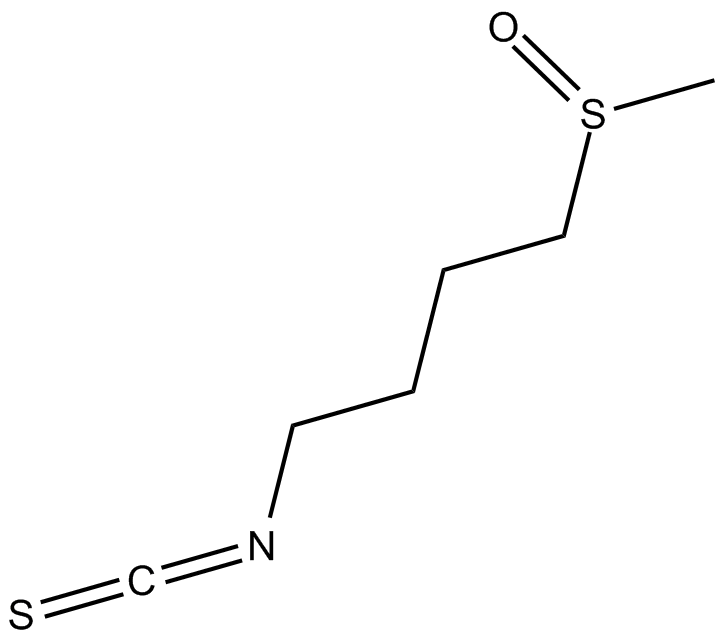 C4733 SulforaphaneSummary: inducer of chemopreventative enzymes via Keap1-Nrf2 signaling
C4733 SulforaphaneSummary: inducer of chemopreventative enzymes via Keap1-Nrf2 signaling -
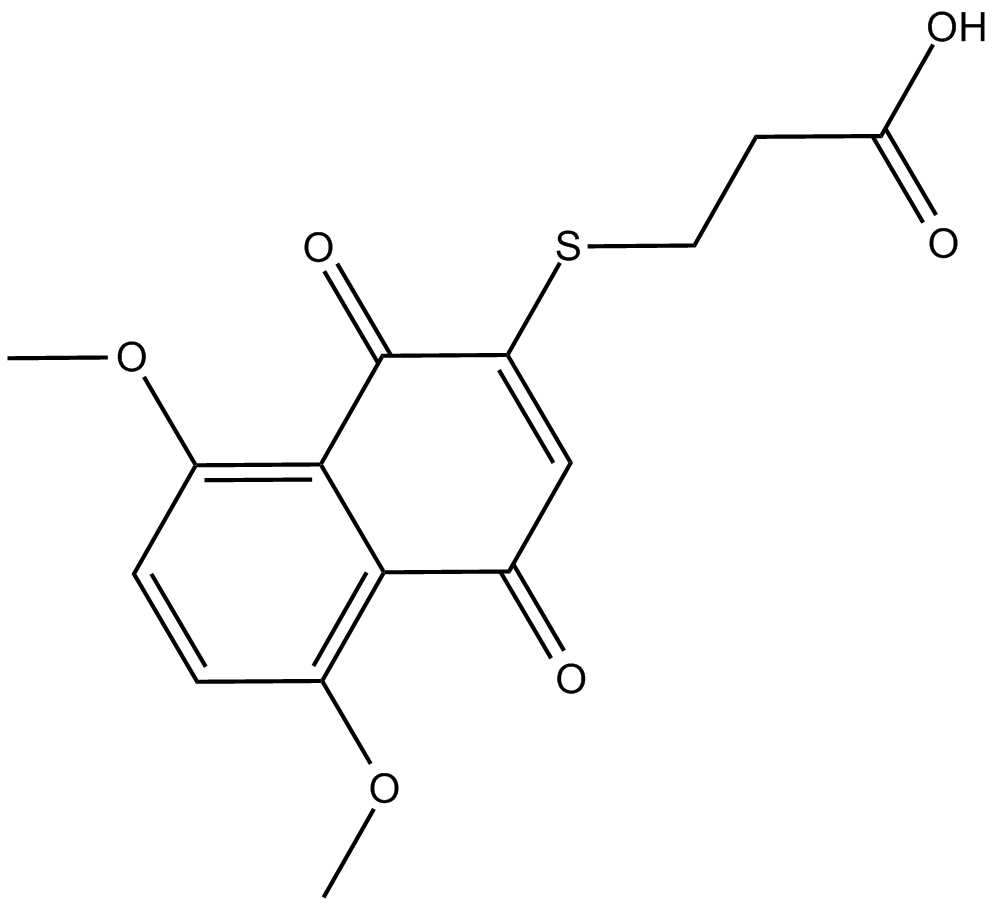 C4840 GN25Summary: p53-Snail binding Inhibitor
C4840 GN25Summary: p53-Snail binding Inhibitor -
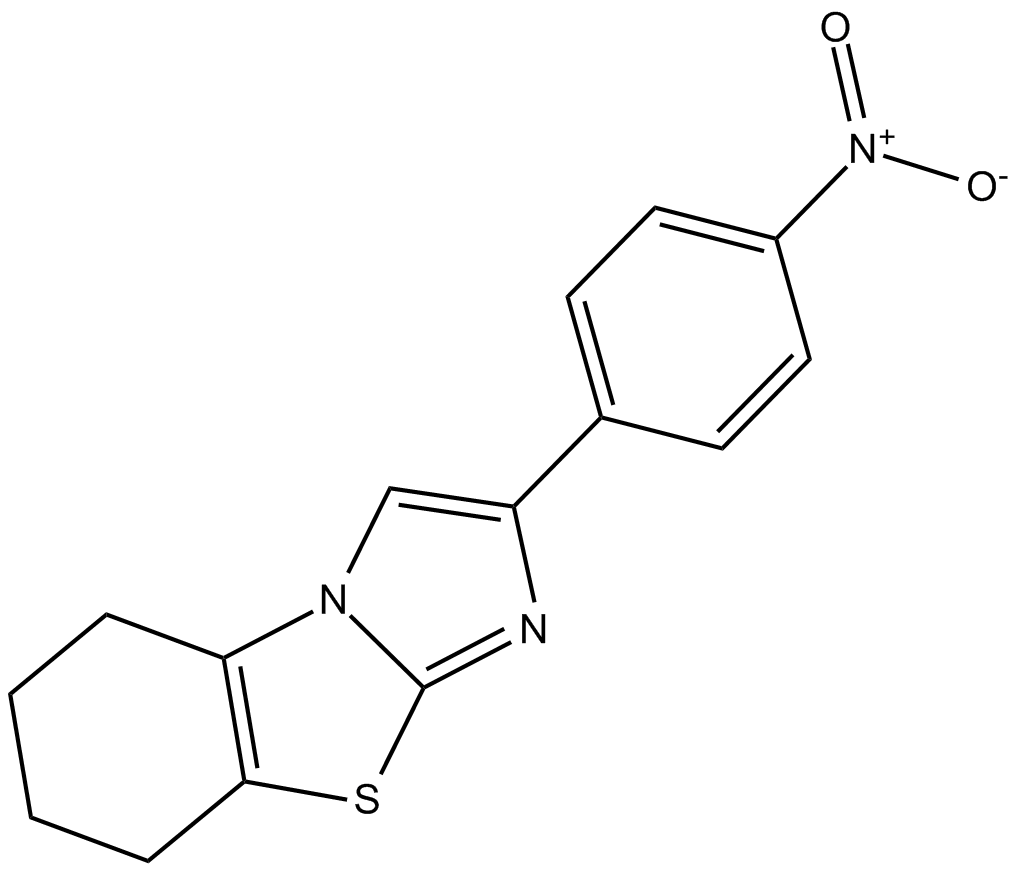 C5104 p-nitro-Cyclic Pifithrin-αSummary: inactivator of p53
C5104 p-nitro-Cyclic Pifithrin-αSummary: inactivator of p53 -
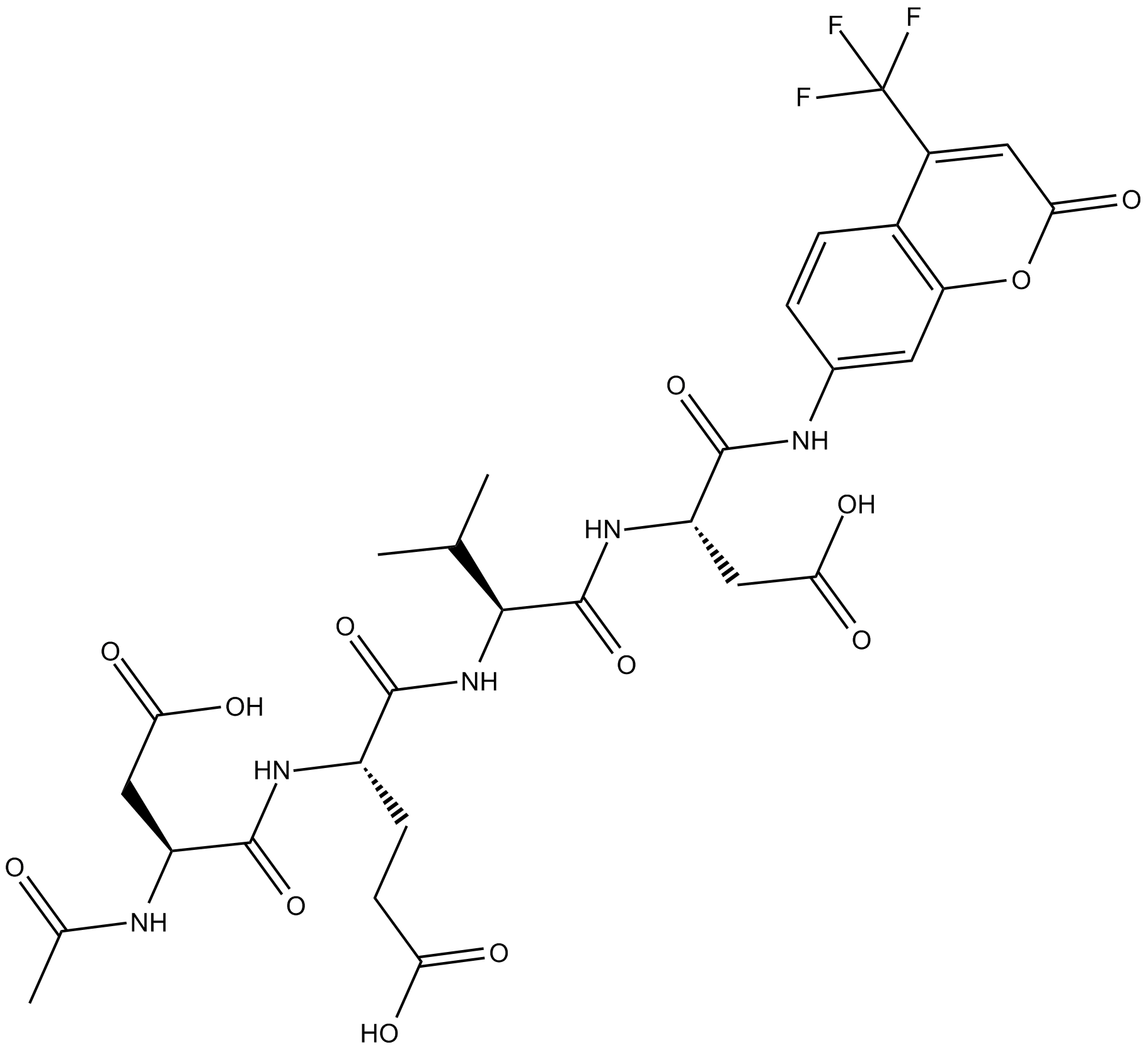 C5524 Ac-DEVD-AFCSummary: fluorogenic substrate for activated caspase-3
C5524 Ac-DEVD-AFCSummary: fluorogenic substrate for activated caspase-3


